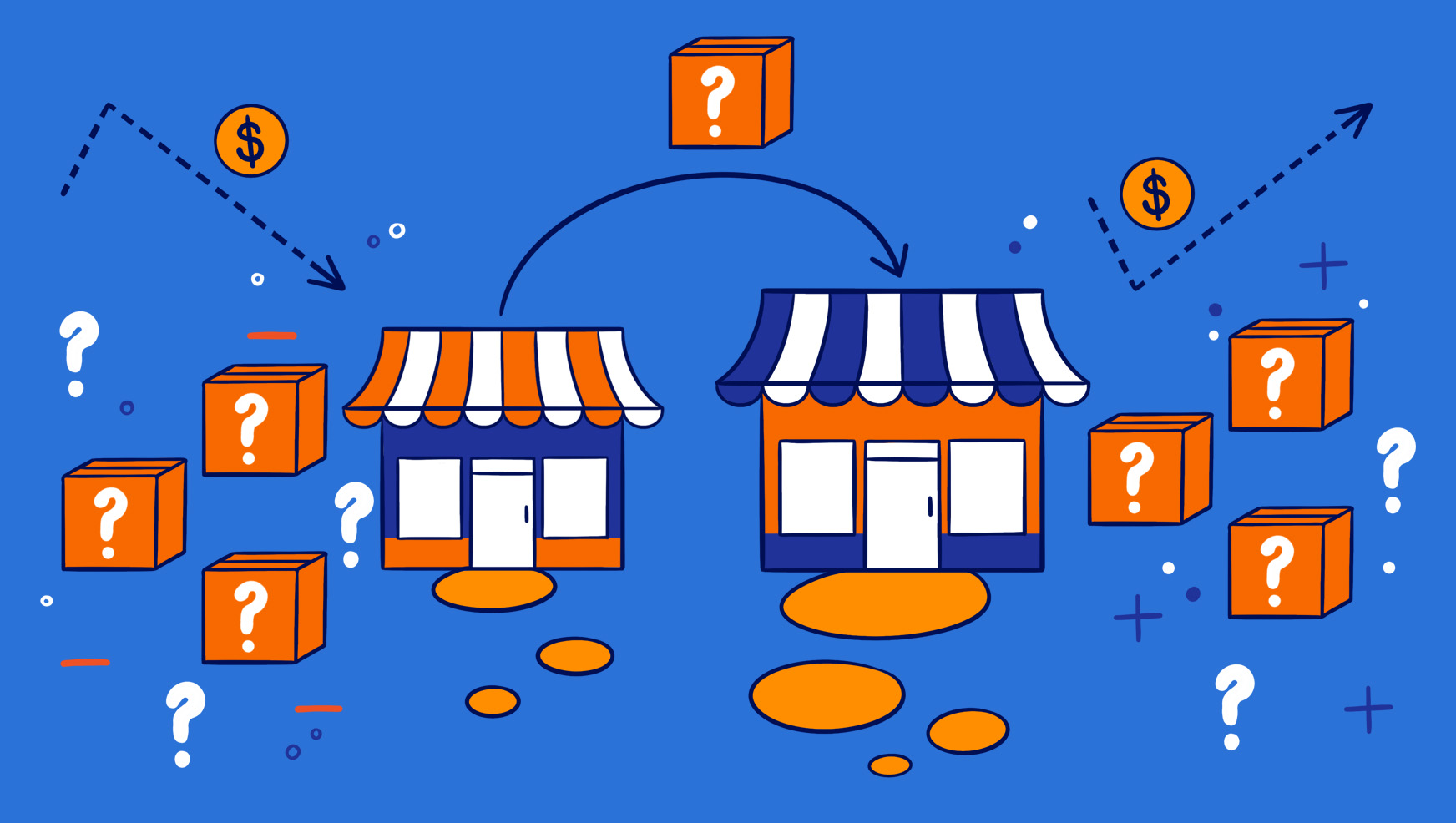How Does Probabilistic Selling Impact the Interactions Between Manufacturers and Retailers?

Professor of Marketing Scott Fay and Shahryar Gheibi ’16 Ph.D., associate professor of business analytics at Siena College, explore this question in a paper recently published in Manufacturing & Service Operations Management.
Probabilistic selling (PS) is a relatively new retail strategy that facilitates price discrimination based on how much consumers value getting their preferred product rather than their next most favored one. Sellers offer an opaque, or mystery, product whose specific features—such as shirt color or hotel brand—are revealed only after the buyer has paid. Buyers must pay a higher price if they want to get a particular item rather than an opaque one.
Using a mathematical model, the authors found that the benefits of PS are greater in a setting where customers buy products through retailers (decentralized channel) rather than directly from manufacturers (centralized channel). Here PS mitigates the problem of inefficiently low sales that typically arises because both manufacturers and retailers impose price markups.
“With a probabilistic good, the retailer sets the price low enough to get people to accept the uncertainty of buying an unknown color,” Fay says. “With a reduced price, you'll sell to more customers and the whole channel’s profit is higher.” The manufacturer may find it profitable to lower its wholesale price to entice the retailer to offer a probabilistic good. When this happens, even customers who buy their preferred products end up paying less than they would without PS.
Despite such potential win-win-win-win scenarios, conflict in decentralized channels can nevertheless make it less likely for PS to occur, for example when manufacturers do not reduce their wholesale prices enough for retailers to make a profit via PS. The recommendation for manufacturers, therefore, is to be proactive in encouraging retailers to introduce opaque goods. It can even be advantageous for a manufacturer to set wholesale prices for some of its products below production cost because doing so enables retailers to create mystery offers.
The researchers also found that manufacturers typically capture a preponderance of the profit from PS. However, there are ways for retailers to stem the damage. By using different brands from competing manufacturers to form the probabilistic goods, retailers can enhance bargaining power vis-à-vis manufacturers. “If you use only one brand, that manufacturer could raise its wholesale prices and hurt you in the future,” Fay says. Retailers can further maximize their profit by making each item equally likely to be received, even when they have different wholesale prices.
Future research, Fay hopes, will further fill in the picture by looking at even more complex scenarios with multiple retailers and more product options.
Fay, S. (2023), The Effect of Probabilistic Selling on Channel Dynamics in Supply Chains, (with Gheibi, S. Ph.D. ’16), Manufacturing & Service Operations Management.


